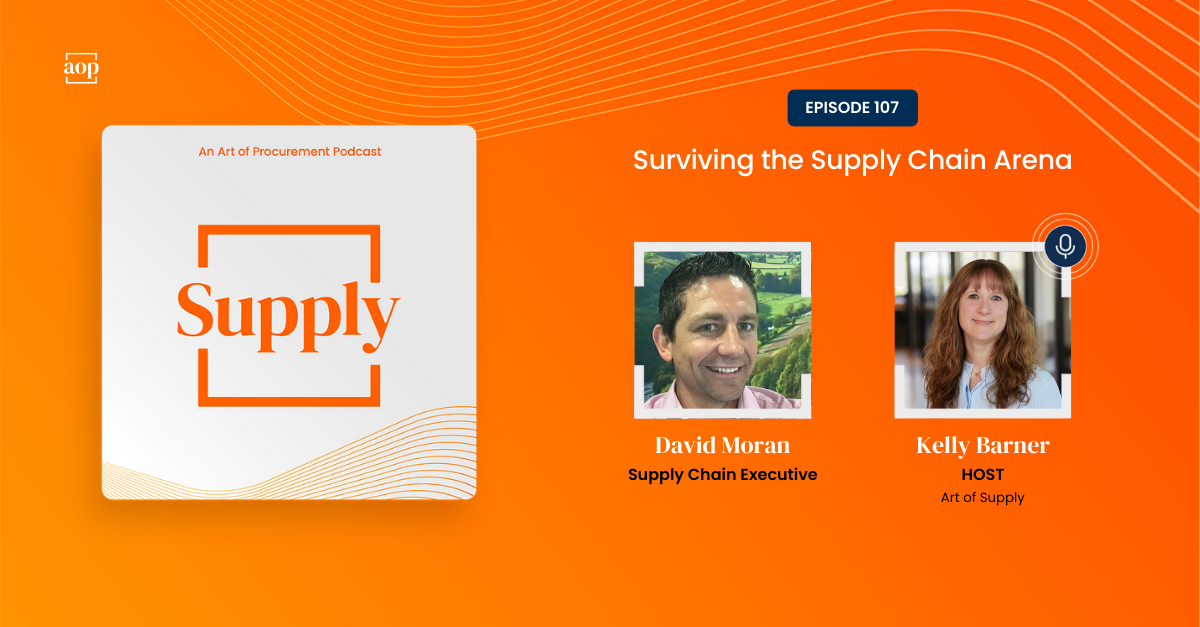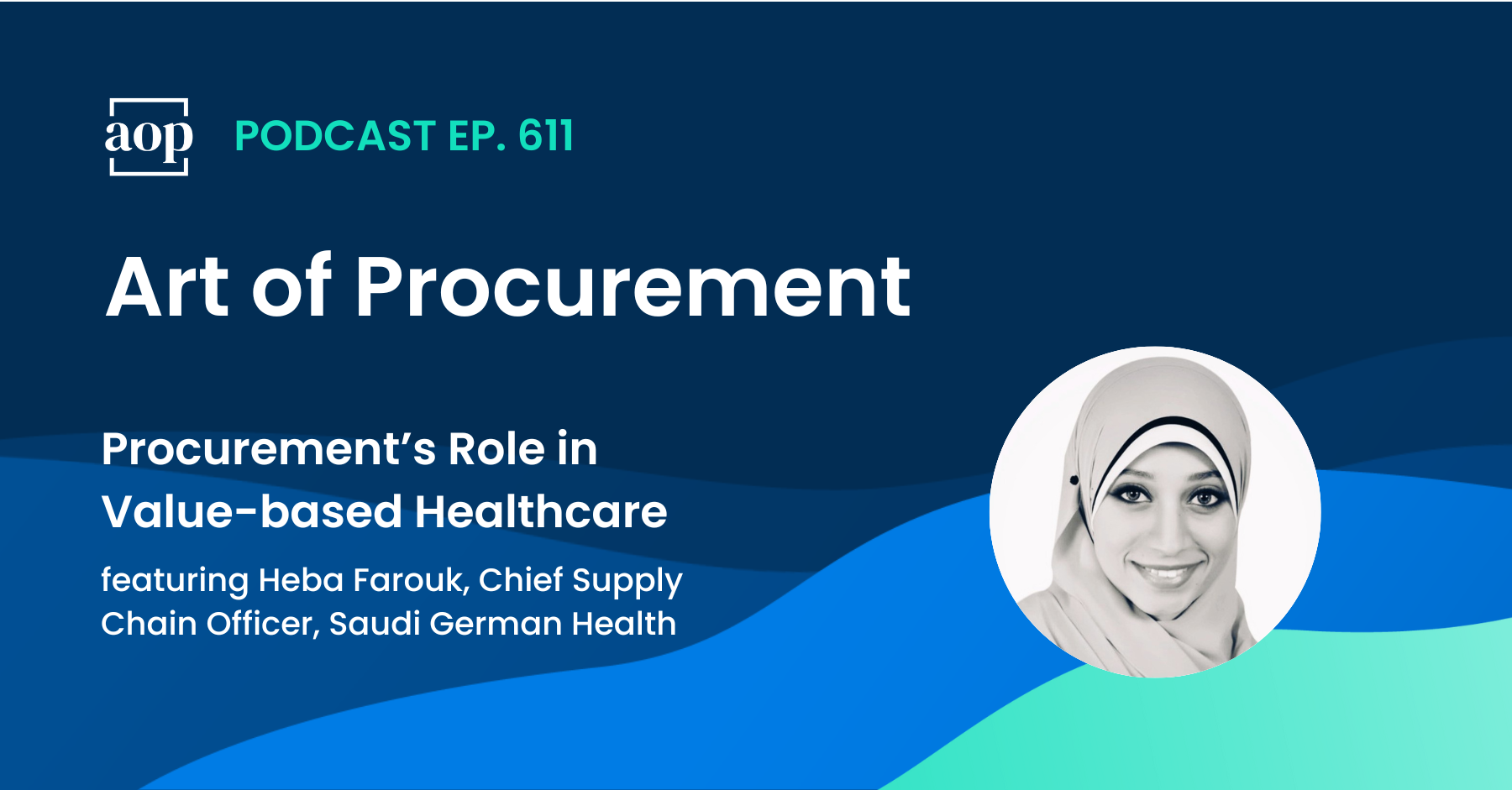
“You have to make investments in your supplier network if you want to be successful. The old days of ‘I have to win, and you have to lose’ are gone. We are so transparent. We are using technology. Relationships are key.” – Frank McKay, Chief Supply Chain & Procurement Officer, Jabil
Managing an increasingly volatile, unpredictable global supply chain is a highly complex undertaking for any business, and supply chain leaders need to continuously adapt their strategies and mindsets to drive value and competitive advantage in such a challenging landscape. In a recent podcast episode, I talked with Frank McKay, Chief Supply Chain & Procurement Officer Jabil, about the results of Jabil’s recent 2024 Supply Chain Survey and his own recommendations for strategies and tactics procurement and supply chain leaders can use to elevate their impact.
Here are some of Frank’s most poignant insights from our discussion, in his own words:
The Biggest Change in Procurement
“Obviously, technology would be the number one change. As these new innovative technologies have come to market and are specifically focused on helping procurement and supply chain organizations be more effective, that is an absolute crystal-clear leg up for us, for sure. Obviously, we have taken full advantage of that.”
Communication is Key
“To be effective, procurement has to figure out their audience – whether that is an engineering community, whether it’s a marketing community, or whether it’s your IT community. Just adjusting to make sure that, whoever you are communicating with, it is done as effectively as possible.”
Treat Your Suppliers Like Customers
“My tagline – obviously, it’s internal here at Jabil, but I will say it publicly as well – is ‘we treat our suppliers like our customers.’ That is the mantra that I am driving through the organization, and I truly mean that to the best of our ability. Obviously, we are in a commodity environment. It’s pretty competitive, so we have got to be maniacal around taking a position of leadership, but there is a way to do it correctly where we still find a win-win scenario.’
Embrace AI and Machine Learning
“AI is like a runaway train. You just have to understand it. You have to embrace it. Even if you don’t use it, you should at least know what the capabilities are. If you can’t get funding for it there, or you don’t have enough bandwidth or expertise to go get under the covers of it, you should fight for every dollar you can to understand it because folks who embrace this and truly understand it and who look for use cases that have meaningful business outcomes will be in a far better state than those who don’t.”
Reliable Data Should Drive Decision Making
“It all comes back to the metrics. Inventory, for example, on the balance sheet. Here at Jabil, we are shipping anywhere from 110 to 140 million dollars of product every day. For every day of inventory that I can help alleviate, it has a pretty significant impact on cash flow. I have access to that data and can see exactly where our inventory is and understand the status of it – whether it is fresh, excess, obsolescence – and we can make decisions around that on a fairly easy basis because it’s right at our fingertips and it’s pretty accurate. The data has been cleansed when we are making those decisions.”
Become an Expert in Your Suppliers
“The folks that have a portfolio of 120 suppliers need to have a PHD in that supplier. When they sit with that supplier, they know everything that they possibly can from the C-suite to the divestitures to the acquisitions to the technology roadmaps to their financial health, listening to their analyst days, poring through their 10Qs, looking at their executive metrics, and finding ways that we can sit together and say, ‘Let’s have a co-developed account plan where we can both win, and let’s have both our executive teams sign off on what we agree over the next 12 months, and let’s review it and make sure it still remains relevant.’
Frank’s perspectives serve as a powerful reminder of the evolving role and impact of procurement and supply chain as key business drivers. As supply chains absorb things like rising geopolitical tensions, global market fluctuations, and paradigm-shifting technological advancements, procurement can and should still create clear roadmaps for how they will navigate both the challenges and opportunities created by these conditions. Frank’s insights can be valuable in helping them do that.
Subscribe to Art of Procurement
Apple | Stitcher | iHeart Radio | Email




